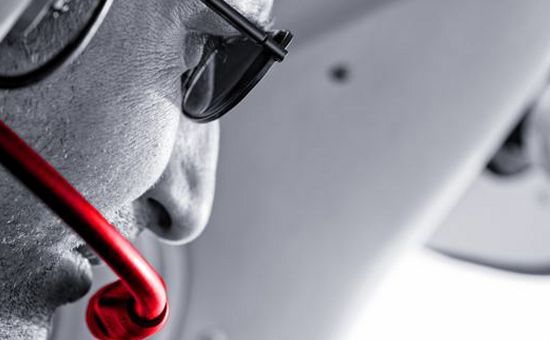Proper use of CTAF (Common Traffic Advisory Frequency)
Proper use of CTAF (Common Traffic Advisory Frequency)
by Wally Moran, National Flight Instructor Hall of Fame, 2017
CAN WE TALK?
Can we ever! Just tune in 122.8 on a nice weekend and you will hear lots of pilots talking, but many of them are not communicating very well.
The use of the common traffic advisory frequency (CTAF) for traffic information is a great tool when it is used correctly. Sadly it too often sounds like channel 19 on the CB radio. For those of you that did not participate in the CB world, channel 19 was, and perhaps still is, the trucker’s channel. It spawned phrases such as “10-4 good buddy” and “roger that “. Rather than traffic separation, the CB was most often used to locate the Smokey’s i.e. the highway patrol.
 Aviation communication, on the other hand has a greater safety mission and therefore needs to be more precise and less prone to misunderstanding. So when the CTAF begins to sound more like the CB it not only makes us sound unprofessional but it also reduces airport safety.
Aviation communication, on the other hand has a greater safety mission and therefore needs to be more precise and less prone to misunderstanding. So when the CTAF begins to sound more like the CB it not only makes us sound unprofessional but it also reduces airport safety.
Remember, with the CTAF, only one person can talk at a time, so the less we talk the more opportunity for someone else to report their position. When a pilot makes unnecessary calls, in my opinion, they are actually creating a safety hazard as they could be blocking another pilot’s legitimate position report.
The Aeronautical Information Manual (AIM) provides the guidance for the proper use of the CTAF. It tells us when arriving at an airport to make a call 10 miles out. A good airman will be listening to the CTAF much farther out . If we have been paying attention, we already know what runway is in use and have a general idea of traffic in the area. So we don’t need to ask those questions.
Over two years ago the AIM was revised to say that the call “any traffic in the area please advise”, is not an appropriate call and should not be used under any circumstances, yet I hear this call on the CTAF almost every day. Think about it, if no one answers that call you still don’t know anything useful, and if more than one answers, you only get garble. If you have been listening to the CTAF for a few minutes, you will already know if there is traffic in the area.
That 10 mile call should look something like this “Pleasantville traffic, Cessna 3456Z 10 miles North, 2000, landing, Pleasantville”. Please don’t report over the freeway or the hospital or some other landmark that means nothing to the transient pilot. Check this – The next call is not until entering downwind. Not every mile or two as you approach the airport. Naturally if there is a potential conflict with other traffic additional reports are appropriate but, random blind calls just clog up the frequency.
So according to the AIM, for landing, we will make only five calls: Ten miles out, entering downwind, base, final and leaving the runway. Departing, just two, before taxiing, and again before taxiing on the runway for departure.
If two pilots want to talk to each other while airborne, please don’t use the CTAF frequency. Even if you think there is no conflict at your airport, you may be blocking a legitimate call at another airport using the same frequency. There are proper frequencies available for plane to plane communications.
In the CTAF world, I firmly believe less is more, so I challenge you to dust off that AIM and review the appropriate CTAF calls and try to make them just as described on your next flight. If you can do it, you will sound more professional and will be making a contribution to safer operations at your airport.

